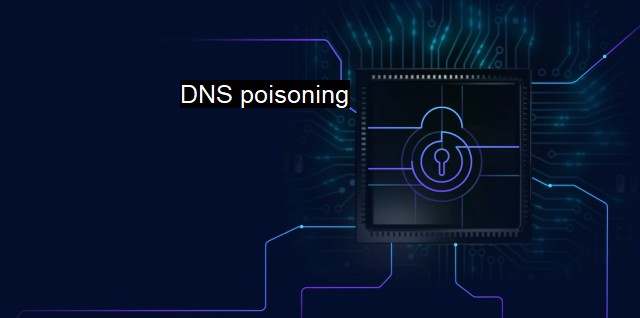USB Drop Attacks – How Malicious USB Drives Exploit Human Curiosity
Introduction Imagine finding a USB drive lying on the ground, in a parking lot, or near your office. Would you plug it into your computer to see what’s inside? Many people would—and that’s exactly what hackers are counting on. USB drop attacks are a form of social engineering where attackers leave infected USB drives in public…


